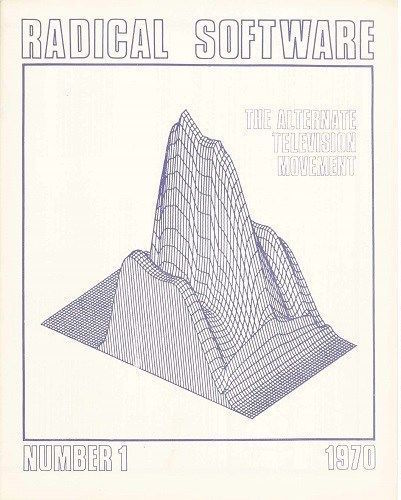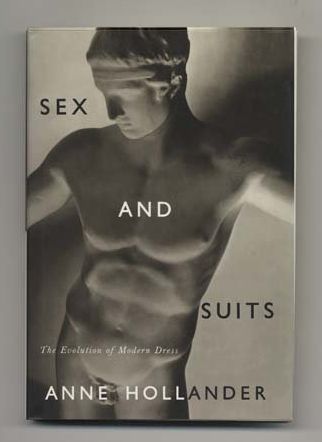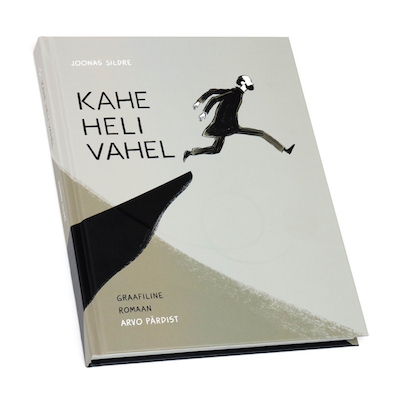
Most inspirational art and culture publication of 2018
Most inspirational art and culture publication of 2018
02/01/2019
The year 2018 saw the release of Fluxus co-founder Dick Higgins’ collection of writings, a book about Duchamp’s last hours and, of course, new books and publications about Warhol. Some of these new publications became bestsellers, others not, but that does not lessen their literary and cultural value. In addition to books, periodicals (both widely known and little known) devoted to visual art continued to be published on the internet and still, surprisingly, also in print form. We consulted our survey respondents to learn about their new discoveries or most inspirational reads in 2018 in terms of art and culture publications.
Joseph Kouli, art collector
Donald Trump’s twitter account. It’s better than any work by an artist!
On a more serious note, I like to follow Jerry Saltz on Instagram, for instance. There is a good balance of content and spontaneous thinking there. This miscellanea is a reflection of the times: chaotic, rough, but easy to grasp and consume.
So, people can be a media by themselves. Some more than others: Jerry Saltz has more than 300,000 followers.
If we talk about more traditional publications, I don’t need to struggle too much to flatter you again: Arterritory.com does a great job with, for instance, the volumes dedicated to collectors. You offer a valuable ensemble of rich interviews with diverse collectors, which I think is unique. And I am lucky to be one of them!
Viktor Misiano, curator and Editor-in-Chief of the Moscow Art Magazine (Moscow)
According to my observations (the subjects of which include myself), contemporary art professionals are not known for reading books about art. All the information they need professionally is received through other channels (mostly through personal communication and social networks).
As for me personally, my interests as a reader in 2018 appear to have been dictated by an unexpected discovery: namely, that the contemporary mindset resonates incredibly well with that of the 19th century. And nothing is further from it than the previous century and its avant-garde efforts. Since this publication makes no demand for any argumentation of said intuition, I will just limit myself to confessing that my most powerful reading experience in 2018 was revisiting Flaubert and Tolstoy…
Gil Bronner, art collector

It’s difficult to say, but perhaps Friedrich Kunath’s I Don’t Worry Anymore, published by Blum & Poe. Friedrich put up the opening show at Philara, and his work is one of the few examples of a synthesis of art and humour that works.
James Beckett, artist

Mari Lending. "Plaster Monuments: Architecture and the Power of Reproduction."
Zane Onckule, Programme Director at kim? Contemporary Art Centre

1970's ASV video magazine Radical Software
Over the course of the year, my attention continued to be piqued by magazines/publications/internet platforms such as Bidoun, Triple Canopy, MAY, Texte zur Kunst, and Provence, but my favourite new additions to this list are various obsolete American publications from the 1970s to 90s (Netletter, Radical Software, Coagula...)
Līna Birzaka-Priekule, curator

London's Hayward Gallery publication Fifty Years of Great Art Writing
I wouldn’t want to have the most inspiring art and cultural publications specifically tied to the year of their release. The following are written materials that were meaningful in my research and personal life in 2018.
The first one I would like to mention is Édouard Louis’ book The End of Eddy. It’s an autobiographical novel about homophobia, sexism and xenophobia in a provincial French town, and it really reverberated with the 2018 political commotion surrounding the ratification of the Istanbul Convention and, in the end, even with the election politics that took place in Latvia during this last year.
In 2014, art historian and curator James Hall published The Self-Portrait: a Cultural History, which examines the self-portrait genre not only in the context of art history, but also in a much broader scope of cultural history in general.
The Fifty Years of Great Art Writing collection of essays, published by London's Hayward Gallery, consists of important articles written by art historians, writers, artists and philosophers for the gallery over its fifty years of activity. It’s a good thing to have handy when one is faced with writer’s block and needs reminding that there are many paths that can lead to a well-written text.
Rīgas Laiks, especially the 'deadly serious' August issue.
Inga Lāce, curator at the Latvian Centre for Contemporary Art

Social Practices by Chris Kraus
Social Practices by Chris Kraus. By way of fascinating story-telling, it weaves together the author's biography, deeply personal descriptions of the Los Angeles art scene, and conversations with artists, curators and philosophers, many of whom are friends of Kraus. Alongside all this, the book also contains art-theoretical reflections on how art and its development could be viewed through randomness, rumors, lust, or other phenomena that are more closely linked to the artists and their environment rather than art itself.
Agniya Mirgorodskaya, Commissioner of the Riga International Biennial of Contemporary Art (RIBOCA)

I always read Mousse Magazine with great interest and pleasure. I would say that the article I found the most interesting this year was printed in the June issue of the magazine (Ana Teixeira Pinto, Alien Nations, Mousse Magazine, no 64) and was dealing with Afrofuturism, Sinofuturism and futurism of the Persian Gulf countries, movements that were born as a response to the Western form of progressivism dominating the world. Many artists in their practice contemplate the subject of future (or, to be more precise, lack thereof) and attempt to redefine the very concept of futurism.
Natalia Serkova, art theorist, co-founder of the TZVETNIK project (Moscow)
‘‘Transfinite Art’ by Vladimir Slepian. This is the first Russian edition of a book about the artist who emigrated from the USSR in the mid-1900s and influenced with his art a number of French intellectuals whose work went on to gain a much greater popularity than anything by Slepian himself.
Vita Liberte, founder of the VV Foundation and a patron of the arts

Dick Higgins book Intermedia, Fluxus and the Something Else Press
Every month I read about 25-30 printed or online magazines, among which my favourite ones that deal with art are: The New York Times, the improved Art Forum, Elephant.art, Flash Art, and, of course, Arterritory Conversations with Collectors. In the back of my car there are always about 20 articles that I’ve clipped out and am saving for inspiration for future projects. I was inspired by the book Intermedia, Fluxus and the Something Else Press, which is a compilation of essays and theoretical studies by Dick Higgins. It’s an excellent treatise on the importance of interdisciplinary collaboration between artists, as well as on the impact of independent publishing on artistic processes. I also recommend reading Olga Tokarchuk's novel Flights.
Artūrs Analts, designer

@arthandlermag instagram
I occasionally purchase various art publications, but I couldn't say that any one has truly spoken to me or seemed inspiring. Nowadays, all of the latest news can be easily tracked digitally, and Instagram is one of my tools. One of my best finds of the year is @arthandlermag, which illustrates the everyday life of artistic works, artists, curators and the logistics of artworks, and often times very cleverly.
Milena Orlova, art critic, Editor-in-Chief of The Art Newspaper Russia (Moscow)
Like every year, our newspaper published its traditional longlist for the Award of The Art Newspaper Russia; please see the list, the category of Book of the Year.
Valentin Dyakonov, curator, the Garage Museum of Contemporary Art (Moscow)

Anne Hollander, Sex and Suits. Again, for professional reasons I was reading a lot about fashion studies, and Hollander was a real discovery for me. The following quote can serve as an indirect answer to the previous question: ‘Exempt from the evolutionary laws that govern changes in a traditional craft, women could freely deploy their skill in surface fantasy. But they sacrificed the claim to importance that is always made by any effort to innovate within the strict boundaries imposed by a powerful technical tradition.’
Olga Temnikova, co-owner and head of the Temnikova & Kasela Gallery (Tallinn)

The artist Joonas Sildre, in collaboration with the Arvo Pärt Centre, has created a graphic novel ‘Kahe heli vahel’ (Between Two Sounds).